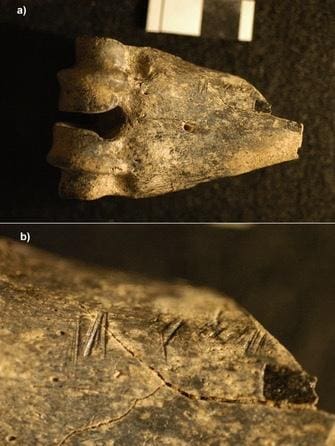There have probably been a few butchers that have attempted to defraud their customers — I’m sure dating all the way back to when the trade first started, in pre-history days*. Some headlines from the past 20 years give a flavour (see what I did there?) of their ill-conceived efforts:
“selling mislabelled, and often out-of-date, Dutch pork, New Zealand lamb and Brazilian beef, passed off as meat from Aberdeen Angus and Hereford breeds.”
“fake butchers get chop in £1m VAT fraud”
“butcher is fined after he rigged his meat scales so he could sell short weight meat”
“where did the 29% horse in your Tesco burger come from?”
“Halal duo jailed for selling turkey as halal lamb”
And the latest in a long line of scams, although this time by non-cutters albeit one still called “pig butchering” — also known by the Chinese word hāzhūpán because of the approach in which attackers essentially fatten victims up and then take everything they’ve got — typically aim to get their victim to invest in bogus cryptocurrency schemes though they can and do involve other types of financial ‘trading’ and, often, also involve an element of romance fraud as well.
So, “Let’s Be Careful Out There”, you hear?
* The earliest butchery marks are to be found on the bones of now long, long gone animals — believed though to have looked similar to today’s South African veldt based wildebeests and zebras — and which were much larger than the Australopithecus individuals who would end up eating them for lunch.

Current archeological evidence points to suitable toolmaking and meat eating butchery occurring around 3.3 million years ago; currently, only a handful of sites with stone tools and/or butchered animal bones have been found so far, that date from before about 1.8 million years ago. The earliest site with evidence that early humans repeatedly returned to one place to make stone tools and butcher animals — a site in Kenya known as Kanjera South — is dated to some 2 million years ago; this seems to be the beginning of consistent butchery activities. At least so far**…
Interestingly, the word ‘butcher’, derives from the French boucher which comes from the Old French for billygoat, bouc. This patronymic line of descent is mirrored in Italy, where the modern butcher, beccaio, leads from becco, “he-goat”. All this, despite the fact that goat was never the cynosure of all diners’ appetites.
** [via https://www.sapiens.org/biology/homo-sapiens-and-tool-making/]